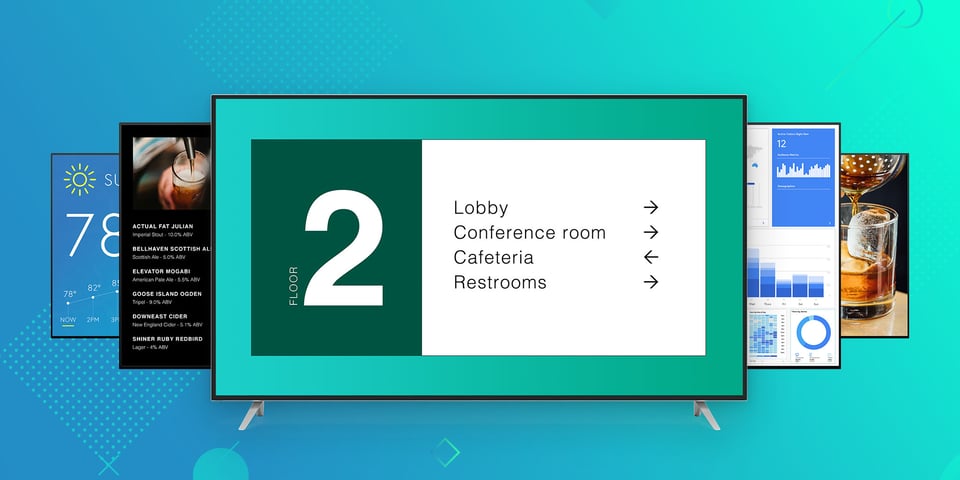4 Advantages of Digital Signage that Will Help you Switch to Them


You may have noticed the growing popularity of digital signage if you've seen vibrant digital signs in malls, airports, restaurants, and retailers. Stickers, flyers, print billboards, vinyl lettering, decorative stands, and other static signs have traditionally been used by businesses to advertise and inform customers. However, these signs caused a number of issues for advertising companies. For example, if new products or services are added, banners must be updated. This proved to be both costly and time-consuming. So you need to switch to digital signage advertising. Read on to the blog to know the digital signage solutions in Pakistan.
The Benefits of Digital Signage
1. Remote Management
Remote management of digital signage simplifies display maintenance. After you install digital signage devices, you must monitor their operation and regulate the written content. However, visiting every signage location is impractical, especially if you manage a large digital signage ecosystem in numerous places.
Fortunately, a cloud-based system allows you to publish content, update software, and monitor device performance from anywhere. You can access the dashboard as long as you have an internet connection. You can then view or edit live content to make it more personalized, relevant, and timely.
2. Cost Reductions
Heretofore, the expenses of installing a digital signage system like smd screen stands, CMS, Projectors, etc., were prohibitively expensive for many small businesses. However, the cost of display hardware has decreased considerably. Furthermore, the majority of digital signage providers offer subscription-based pricing structures, where you only pay for what you use. Digital signage solutions can be used by businesses of any size or industry.
Single-use posters can be costly in the long run because you must print new banners for each campaign. Payments to graphic designers and printing companies on a regular basis can eat into your profits.
Wayfinding, event information, product details, videos, and weather data are just a few of the applications for digital signage. In correlation, hundreds of posters are required to deliver diverse information throughout your business.
3. Improved Memorization
People remember the content they saw on digital displays because they are eye-catching and appealing. Digital signage, in particular, has an 83 percent recall rate, which is well almost twice as high traditional signage. In addition, through digital signage solutions in Pakistan, the visual content receives 94% more views than text-based messages. Interactive boards have even better involvement and recall, and they can be used to create one-of-a-kind customer experiences.
Because of its high recall rate, digital signage is ideal for promoting products and services and increasing sales. You can also encourage customers to take specific actions, such as making a purchase, following your social media profiles, placing an order, or telling their friends about your store. Retailers can also highlight upcoming events or sales. Digital displays can reduce perceived waiting time in environments where people must wait for long periods of time, such as hospitals.
4. Adaptable
So that you can edit your visuals quickly, digital signage has limited digital possibilities. The capabilities of this technology can benefit all industries. Because video walls are effective at attracting attention, they are commonly used in stadiums and airports. A video wall may appear to be a large screen, but it is actually a collection of screens arranged together to form a large display. You can configure the screens to display a single image or different content on each screen. You can make use of smd screen stands also.
The applications for video walls are virtually limitless. In storefront video walls, for example, retailers can switch between multiple small images and large images. If you want to provide visitors with interactive experiences, interactive digital kiosks are ideal. These self-contained kiosks may include sensors, cameras, and microphones to enhance the user experience and collect environmental data.







